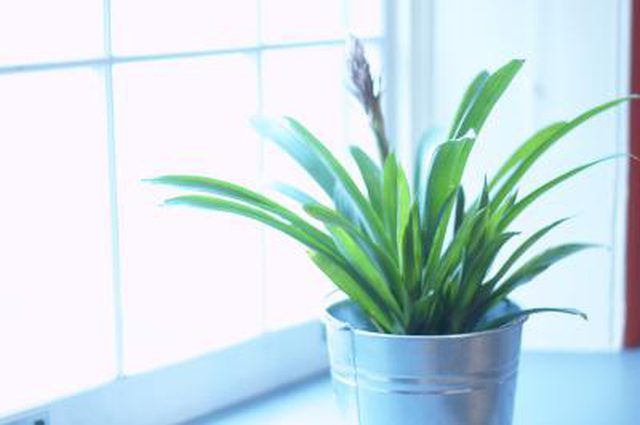Bulbs
Flower Basics
Flower Beds & Specialty Gardens
Flower Garden
Garden Furniture
Garden Gnomes
Garden Seeds
Garden Sheds
Garden Statues
Garden Tools & Supplies
Gardening Basics
Green & Organic
Groundcovers & Vines
Growing Annuals
Growing Basil
Growing Beans
Growing Berries
Growing Blueberries
Growing Cactus
Growing Corn
Growing Cotton
Growing Edibles
Growing Flowers
Growing Garlic
Growing Grapes
Growing Grass
Growing Herbs
Growing Jasmine
Growing Mint
Growing Mushrooms
Orchids
Growing Peanuts
Growing Perennials
Growing Plants
Growing Rosemary
Growing Roses
Growing Strawberries
Growing Sunflowers
Growing Thyme
Growing Tomatoes
Growing Tulips
Growing Vegetables
Herb Basics
Herb Garden
Indoor Growing
Landscaping Basics
Landscaping Patios
Landscaping Plants
Landscaping Shrubs
Landscaping Trees
Landscaping Walks & Pathways
Lawn Basics
Lawn Maintenance
Lawn Mowers
Lawn Ornaments
Lawn Planting
Lawn Tools
Outdoor Growing
Overall Landscape Planning
Pests, Weeds & Problems
Plant Basics
Rock Garden
Rose Garden
Shrubs
Soil
Specialty Gardens
Trees
Vegetable Garden
Yard Maintenance
Houseplant Leaf Identification
Houseplant Leaf Identification. Since indoor conditions are regulated, houseplants keep their leaves year round. Houseplants grown for their unique foliage are identified by leaf color, shape, texture, content or unusual formations.

Since indoor conditions are regulated, houseplants keep their leaves year round. Houseplants grown for their unique foliage are identified by leaf color, shape, texture, content or unusual formations.
Multicolored Leaves
Houseplants are admired for spotted, striped or unusual colored leaves. Variegation, not to be confused with spots, are pale areas on a green leaf.
Shades of Green
Houseplants that require shade often have blue-green or gray-green leaves. Plants that need full sun often have bright or golden-green leaves.
Leaf Shape
Houseplants are identified by overall leaf shape (oval, heart-shaped, deeply lobed or angular). More subtle features of the leaf include jagged (toothed) edges, drooping leaves, cup-shaped or upward-reaching leaves.
Leaf Texture
Plants with waxy or hairy leaves are favorites for indoor cultivation. Deeply veined leaves appear to pucker. Some leaves have a different texture on the top than on the underside.
Leaf Content
Tearing or crushing leaves can reveal thick or milky liquids, tough fibers or fragrances. These properties are unique to particular plants.
Formations on Leaf
A few houseplants self-propagate from leaves. Tiny plants form around the edges of the leaf, drop off and take root. In some species, the leaf underside is covered with spores that look like powder or scales.